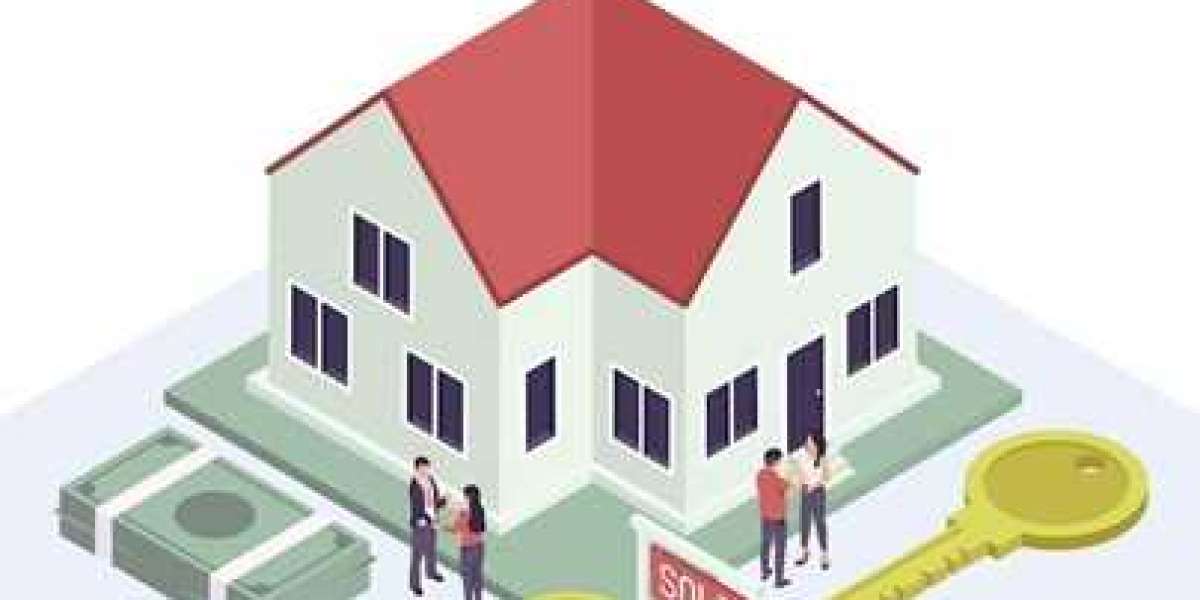Introduction:
Blockchain technology has been making waves across various industries, promising increased security, transparency, and efficiency in transactions. One area where blockchain holds significant promise is the mortgage industry. The use of blockchain in mortgages can potentially revolutionize the way mortgages are originated, processed, and managed, offering benefits to both lenders and borrowers alike. In this article, we delve into the concept of mortgage blockchain and its potential implications.
What is Mortgage Blockchain?
Mortgage blockchain refers to the utilization of blockchain technology in the mortgage lending process. Blockchain is essentially a decentralized digital ledger that records transactions across multiple computers in a way that ensures security, transparency, and immutability. When applied to mortgages, blockchain can streamline various aspects of the lending process, from application and underwriting to closing and servicing.
Key Benefits of Mortgage Blockchain:
Enhanced Security: Blockchain's cryptographic features make it highly secure, reducing the risk of fraud, identity theft, and data breaches in mortgage transactions. All information stored on the blockchain is encrypted and tamper-proof, providing peace of mind to both lenders and borrowers.
Improved Transparency: Transparency is a crucial aspect of the mortgage lending process, as it fosters trust between parties. With blockchain, all relevant information, including loan terms, payment history, and property records, can be securely stored and accessed by authorized parties in real-time, ensuring transparency throughout the lifecycle of the mortgage.
Streamlined Processes: Traditional mortgage processes are often time-consuming and labor-intensive, involving multiple intermediaries and extensive paperwork. Blockchain technology can automate many of these processes through smart contracts, which are self-executing contracts with predefined rules encoded on the blockchain. Smart contracts can facilitate automatic verification, approval, and execution of mortgage-related tasks, significantly reducing processing times and operational costs.
Enhanced Accessibility: Blockchain has the potential to increase accessibility to mortgage financing, particularly for underserved populations and individuals with limited access to traditional banking services. By removing barriers such as geographical constraints and bureaucratic hurdles, blockchain-based mortgage platforms can democratize access to mortgage lending, enabling more people to achieve homeownership.
Lower Costs: By eliminating intermediaries and streamlining processes, mortgage blockchain can lead to cost savings for both lenders and borrowers. Reduced paperwork, faster transactions, and lower administrative overheads contribute to overall cost efficiency in mortgage operations.
Challenges and Considerations:
While the potential benefits of mortgage blockchain are significant, several challenges and considerations must be addressed for widespread adoption:
Regulatory Compliance: The mortgage industry is subject to a complex regulatory landscape, which may pose challenges for the implementation of blockchain technology. Ensuring compliance with existing regulations, such as Know Your Customer (KYC) and Anti-Money Laundering (AML) requirements, is essential for the successful deployment of blockchain-based mortgage solutions.
Interoperability: Achieving interoperability between different blockchain platforms and legacy systems used by mortgage lenders and service providers is critical for seamless integration and data exchange. Standards and protocols for interoperability need to be established to facilitate widespread adoption and collaboration within the industry.
Data Privacy and Security: While blockchain offers enhanced security features, ensuring the privacy and confidentiality of sensitive mortgage-related data remains paramount. Robust encryption mechanisms and data protection protocols must be implemented to safeguard against unauthorized access and breaches of privacy.
Education and Awareness: The successful adoption of mortgage blockchain requires education and awareness among stakeholders, including lenders, borrowers, regulators, and policymakers. Building trust in blockchain technology and demonstrating its potential benefits through pilot projects and use cases can help overcome resistance to change and drive adoption.
Conclusion:
Mortgage blockchain holds immense potential to transform the mortgage lending landscape by offering enhanced security, transparency, and efficiency in transactions. By leveraging blockchain technology, lenders can streamline processes, reduce costs, and improve accessibility to mortgage financing, ultimately benefiting both lenders and borrowers. However, addressing regulatory challenges, ensuring interoperability, and addressing privacy concerns are crucial steps towards realizing the full potential of mortgage blockchain. With continued innovation and collaboration, blockchain has the power to revolutionize the way mortgages are originated, processed, and managed in the digital age.







